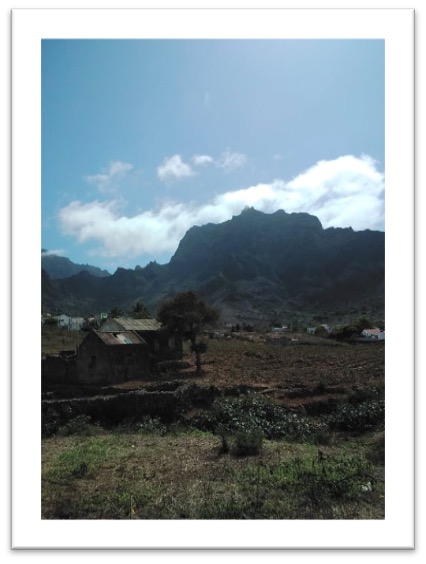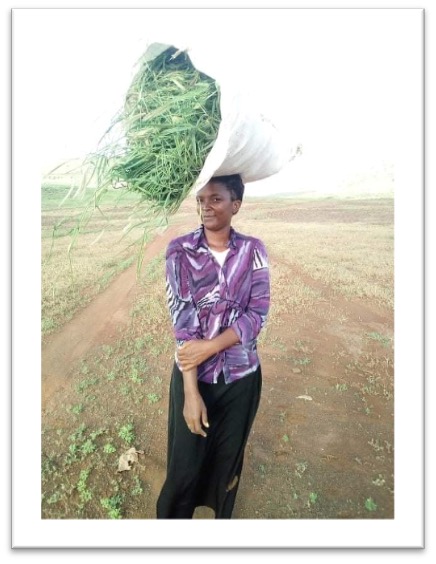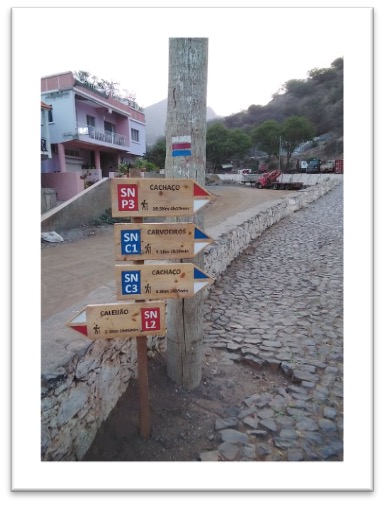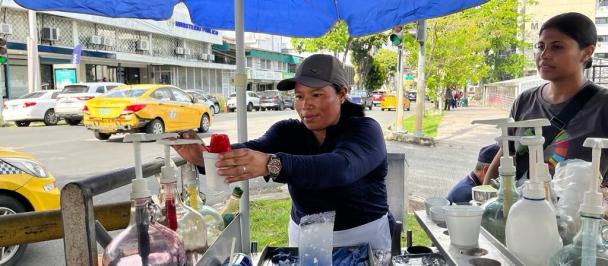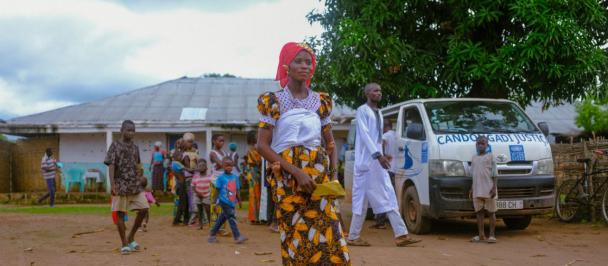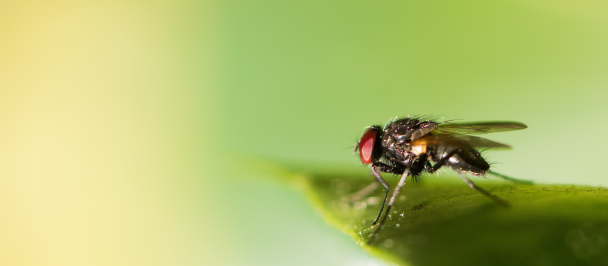Accelerator Lab: Exploring the Islands on rainy season
Accelerator Lab: Exploring the Islands on rainy season
September 1, 2021
The Archipelago of Cape Verde consists of 10 islands that rise from an underwater punch, horseshoe shape with opening to west. Due to the prevailing winds (the trade winds of the northeast), it is usual to divide the islands of the Cape Verde in 2 groups a so-called group of “Barlavento” and another of “Sotavento”. From a climatic point of view, the Cape Verde archipelago is located in a vast area of arid and semi-arid climate, which crosses Africa from the Atlantic to the Red Sea and extends through Asia.
The rainy season influence on Culture
Motivated by growing concern as to the many threats that islands face, subsequent calls for more extensive island nature conservation and recent discussion about the potential for wellbeing as a useful approach to understanding how climate and the nature affects people's lives. This blog is to explore how Cape Verdean islands and wellbeing relate with rainy season, and the impact that relationship might have on the definition of the gender role. In its 10 volcanic islands, off West Africa, there is music on every corner and a smile on every face. The guiding principle of the Cape Verdean people is Morabeza: open minded, islander, welcoming and relaxed. And it feels in the air. But behind all that Morabeza and smiling faces there´s some big challenges imposed by nature and the concept of social wellbeing depends a lot of the approaches with the nature, climate changes and the biodiversity. With an oceanic area two hundred times greater than its land area, Cape Verde is sustained by the Atlantic, thanks to its underwater wealth with high levels of endemism.
The archipelago is surrounded by underwater volcanoes, also known as seamounts, which deflect ocean currents and create hot spots that attract marine life, from corals and sponges to whales, sharks and tuna. It is paradoxical that by locating the Cape Verde archipelago in the middle of the ocean, its population suffers from lack of water. In fact, this deficiency is quality water, with low salt content, suitable for human consumption and agriculture. Over the centuries the ingenuity of the inhabitants, combined with hard work, has allowed local populations to struggle with adverse weather conditions and produce their livelihood by using wells, and holes.
It can be said that the centuries-old dependence on groundwater is gradually decreasing as that decrease their availability and are degrading their quality. This situation has led to the new ways of obtaining water, in the event of desalination of seawater and whether it has been intensified the capture of surface waters. Desalination is currently indispensable to supply large population centers, despite the high associated with its energy consumption and the manifest insufficiency and low efficiency of the energy existing distribution. However, investment in water supply infrastructure in areas is an important demographic tool and should be used to prevent rural exodus.
Culture das “Azáguas” on Gender Role
A people who have connected themselves to the arid and scattered lands, and at all costs want to cultivate them. In each generation, new challenges are set to these people to ensure their permanence in this archipelago plagued by the desertification. As is the case everywhere, sowing is determined by meteorological factors and may start in Cape Verde at the end of June, mid-July, other times in August, in the so-called 'Water Season'. This is too short, comprising only three months, and can be considered the most important period of the agricultural islands. However, it is noteworthy that rare are the times when rain falls during the three months in a row, and if it rains, it is concentrated in just a few days of any of the months of that season.
The work of agriculture and the way in which it deals with the rainy season has shaped the whole way of living in Cape Verde; and determined the gender role, that is, in the case of agriculture of the seed, the woman in addition to helping in the sowing, she has, the obligation to carry out domestic activities, with the help of children, regardless of their gender. The woman has the responsibility to prepare and take the workers meals during the sowing period, since the greatest part of the dryland lands, are within great distances of their residences.
Furthermore, at the time of harvests, women are used in the transport of products of field to home, or else to the villages. In irrigation activities, women's work is limited, few since most of the tasks related to sugarcane and other crops irrigated are performed by men. Women deal only with the transport of the products. But still for women and for children there are other activities that are equally important for the good-being of everyday life such as provide water, firewood, caring for animals, etc.
Conclusion
The rains marked the life of the Cape Verdean man, since he has made agricultural activity one of its main means of subsistence. In times of good waters, the movement in the fields is enormous, involving all family members. Sowing in Cape Verde has few differences between the islands, and is reflected in a work comprising several phases, in which needs the help of all family members, friends, neighbors – that's what it is called "Djunta- mô", that is, mutual help between people. During these tasks, the family that is receiving help, according to tradition, must offer coffee, lunch, and until dinner when the helpers live in distant locations.
It should be noted that, in agriculture work, all members of the family respect, without questioning the divisions of work. Each has its own specific task, and this includes men, women and children.

 Locations
Locations